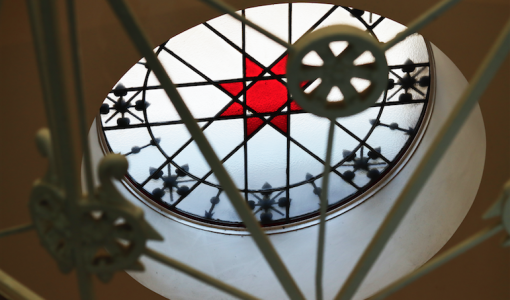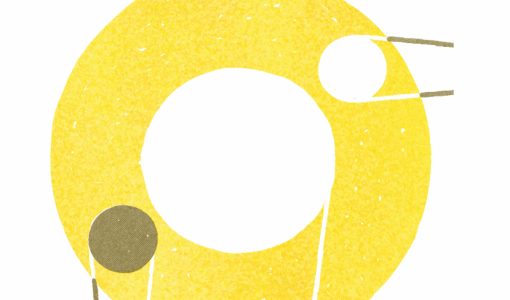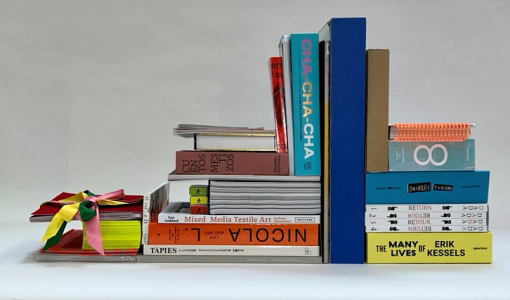
Antoni Tàpies. Collection, 1966-1976 (I-II)
Home
›
Exhibitions
›
Antoni Tàpies. Collection, 1966-1976 (I-II)
The work of Tàpies from this period took on a distinctly social and political tone. In the late 1960s and during the 1970s he made a series of works that made reference to the reality of Spain under Franco.
During the last years of the Franco dictatorship, attempts at democratisation gathered strength.There were several attempts at transformation from different sectors such as journalism, publishing and the arts. But these attempts came from a few minorities. A very important part of the population was still under the regime’s propaganda, and remained on the periphery of the activities of the clandestine political and trade union groups. Moreover, despite having introduced a certain ideological opening, the Franco regime and the power of the Catholic Church remained strong. While the number of those discontent with the political regime gradually increased, repression did not diminish.
Antoni Tàpies was a participant in some of the episodes of the clandestine struggle against Franco. The most notorious was his attendance at the constituent assembly of the Democratic Union of Students of the Universitat de Barcelona (SDEUB) in the Capuchins Convent in Sarrià (known as the Caputxinada) in 1966, which resulted in him being arrested and fined. In 1970, he also participated in the sit-in of intellectuals in Montserrat in protest of the court martial hearing against ETA militants being held in Burgos. Moreover, Tàpies was a regular attendant at meetings of intellectuals, welcomed opposition activists in his home, signed petitions, made protest posters and took advantage of his journeys abroad to publicise the situation that existed under the regime.
As a consequence, the work of Tàpies from this period took on a distinctly social and political tone. In the late 1960s and during the 1970s he made a series of works that made reference to the reality of Spain under Franco. In 1950–51 Tàpies had already made a work with clear political intent, but with a language that was still in formation. In the late 1960s his work had already reached expressive maturity. During these years, Tàpies accentuated his work with objects that were either incorporated into the painting’s surface or configured as assemblages. These were simple objects that were considered poor, drawn from the everyday environment. Some of these objects recalled the events of the Caputxinada, alluding to the daily life of the monks of the Franciscan order, such as a stack of dishes or a broom. His interest in the aesthetic of the object coincided with the emergence of Arte Povera in Europe and Post-Minimalism in the United States. However, in the case of Tàpies, these objects were always treated in such a way that the first thing to be recognised in them, as in his paintings, is the artist’s personal mark.
Dates
02.06.2016 – 15.01.2017














